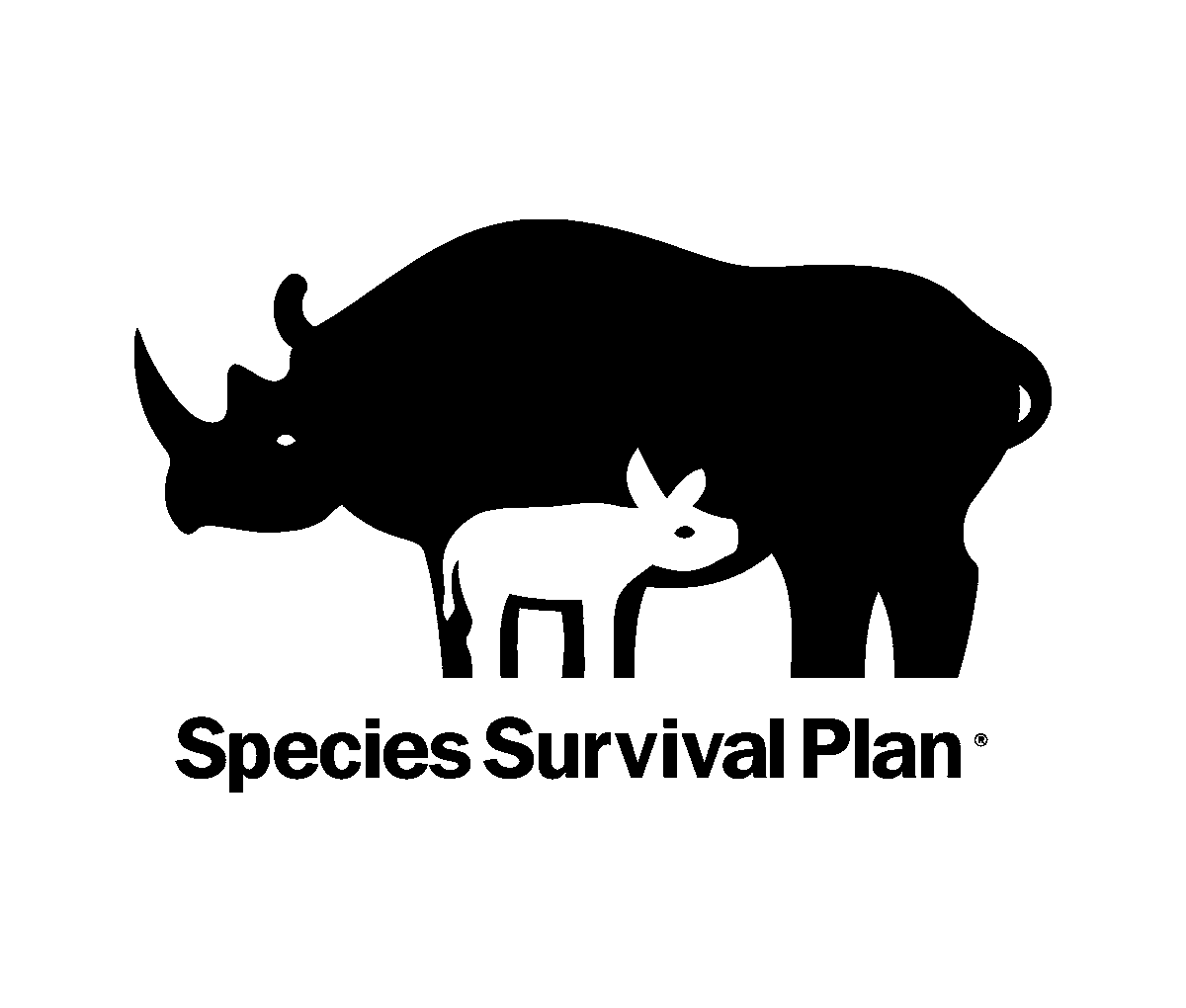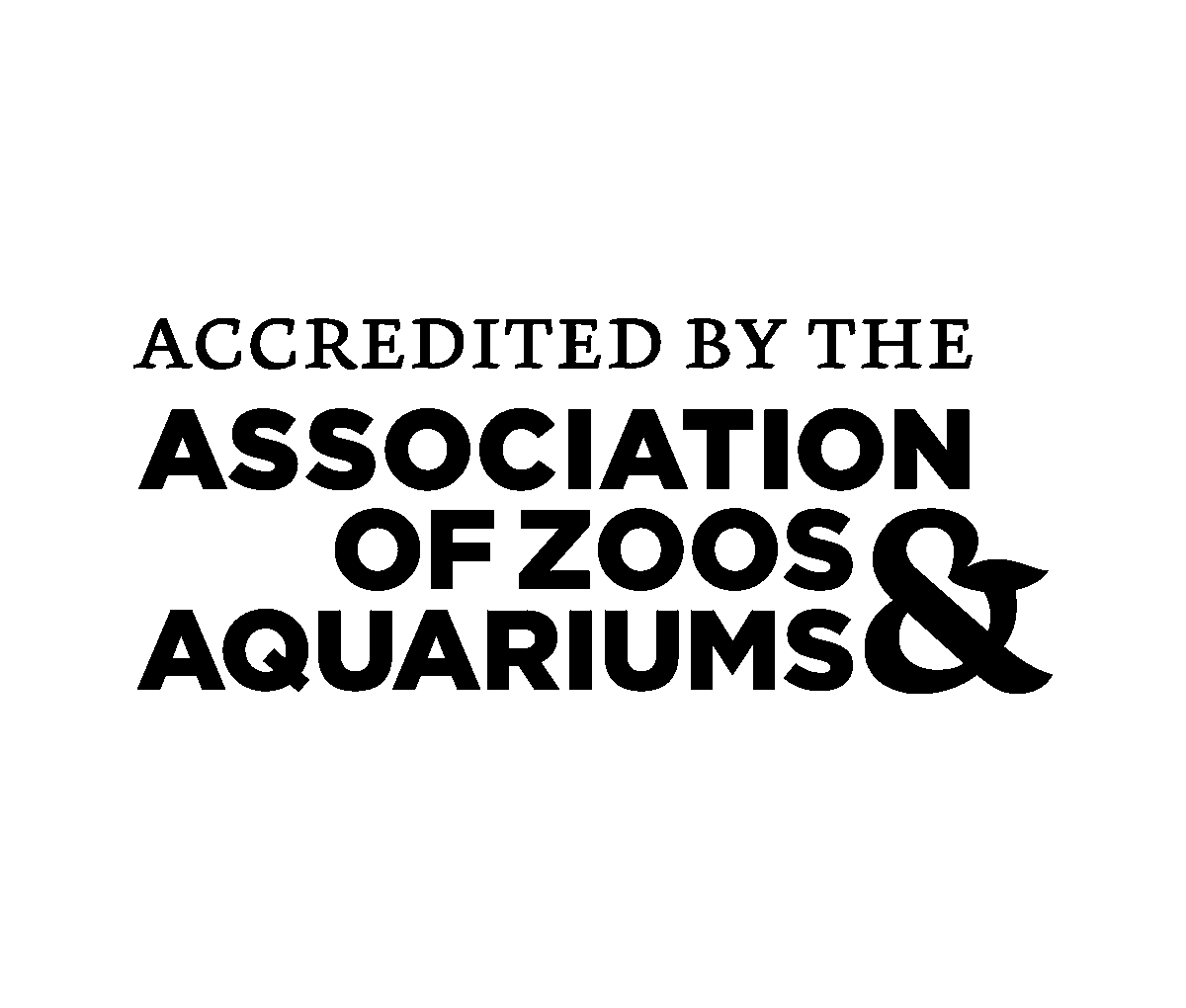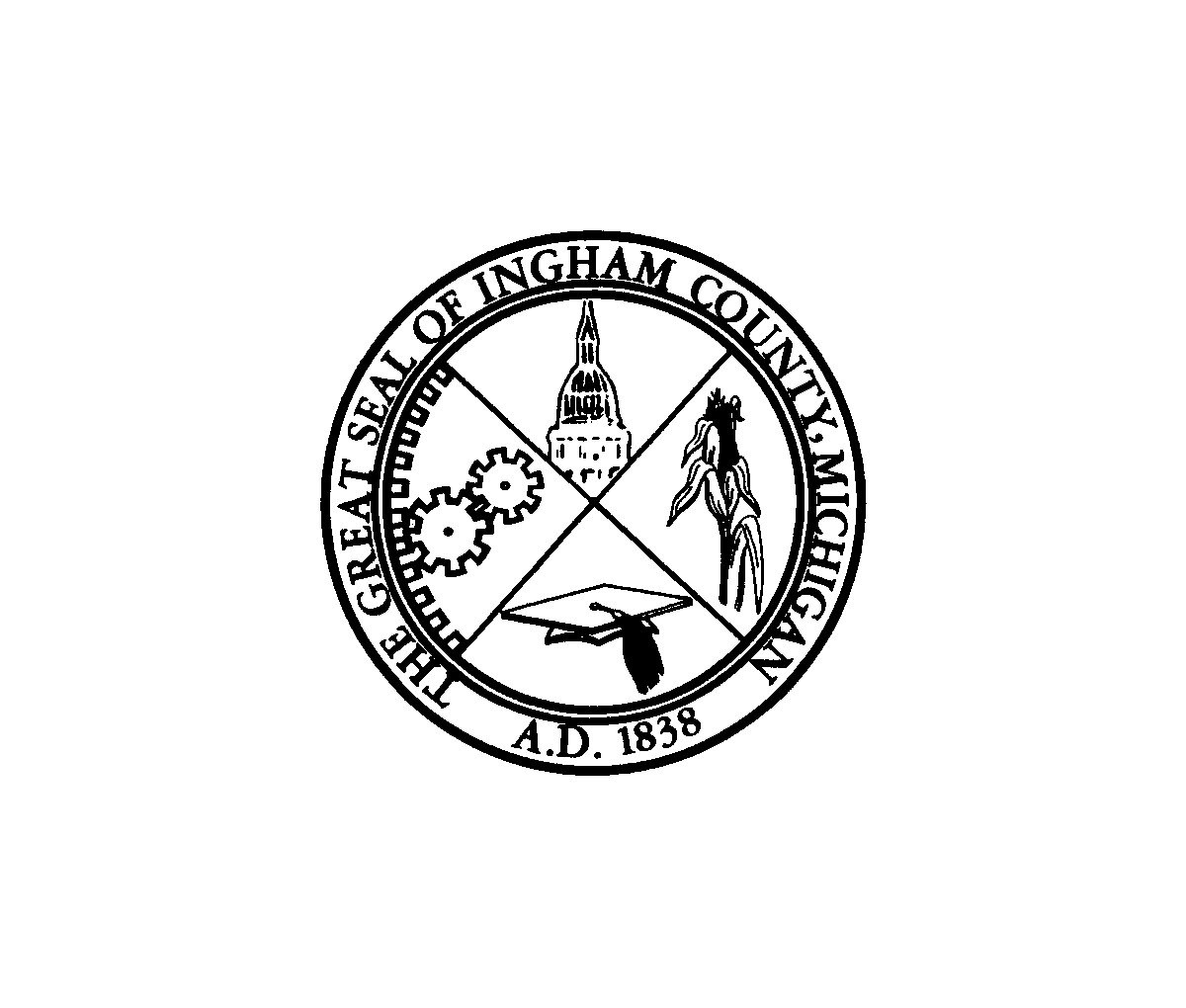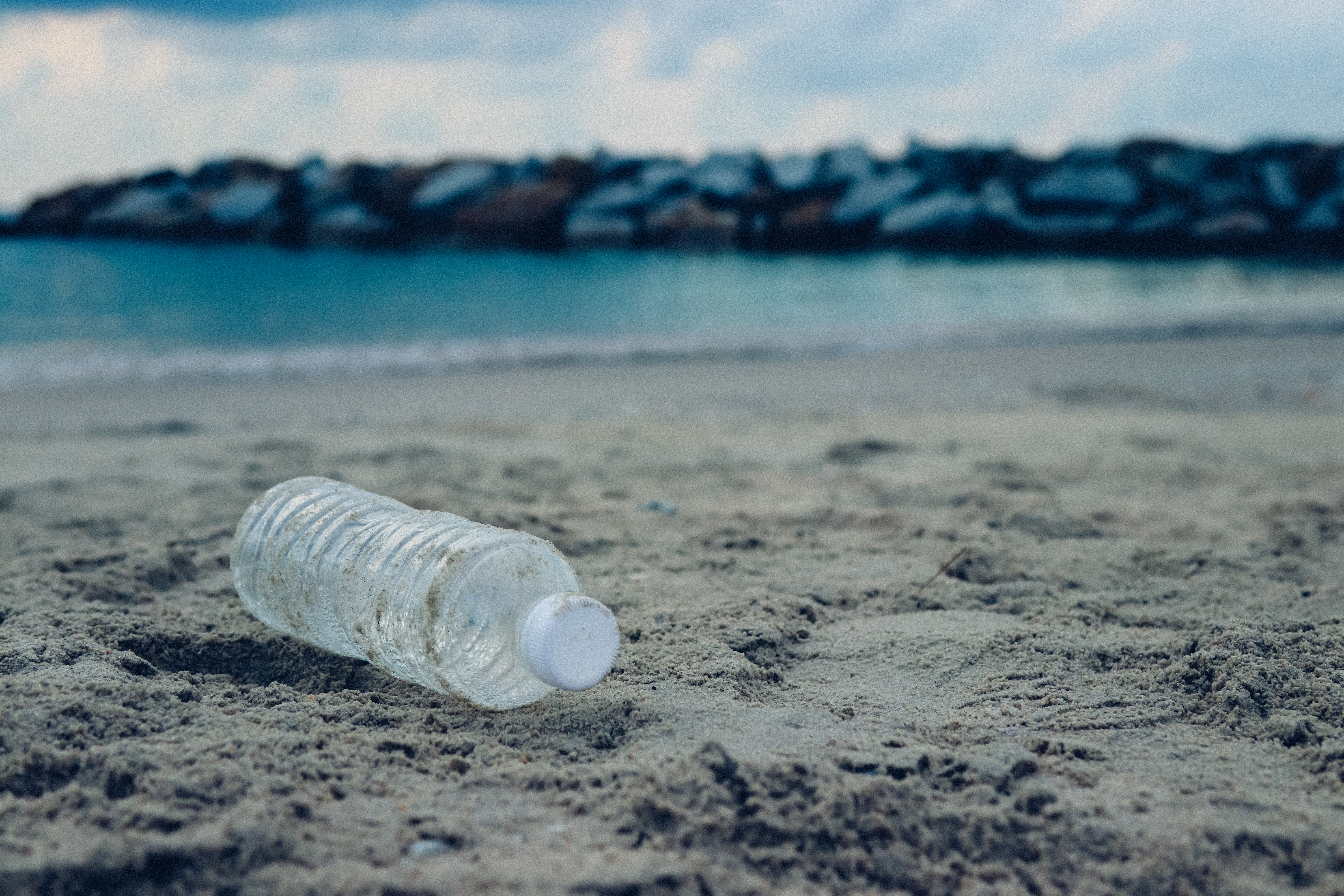
By Andrea, Education Intern
Potter Park Zoological Society
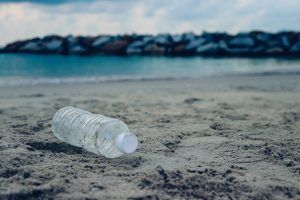 Many are under the impression that bottled water is cleaner and safer than tap water; however, most bottled water is simply purified municipal water. Largely due to this misconception, America is the world’s largest consumer of bottled water. The recycling rate in America is only 23%, so of the 50 billion plastic water bottles used in the U.S. per year, 38 billion of those end up in our landfills and waterways.
Many are under the impression that bottled water is cleaner and safer than tap water; however, most bottled water is simply purified municipal water. Largely due to this misconception, America is the world’s largest consumer of bottled water. The recycling rate in America is only 23%, so of the 50 billion plastic water bottles used in the U.S. per year, 38 billion of those end up in our landfills and waterways.
Single use plastic water bottles are harmful to the environment. They’re produced from crude oil which releases greenhouses gases into the atmosphere, contributing to global warming. In America alone, the demand for single use plastic water bottles uses more than 17 million barrels of oil per year. Production of plastics also drains natural resources and releases harmful chemicals into the air and soil.
It takes three times the amount of water to make a plastic water bottle than it does to fill it.
 Water bottles are made of polyethylene terephthalate (PET) plastics. PETs don’t biodegrade, they photodegrade. This means that they break down into smaller and smaller pieces over time. These small plastic pieces, known as microplastics, often get into the watershed (lakes, rivers, streams) along with water bottle caps, which are not recyclable. These microplastics end up at the bottom of lakes and oceans where they are commonly mistaken as food and eaten by aquatic and marine animals. Plastic waste in our oceans is a major environmental concern that threatens many species of sea creatures, including Magellanic penguins, which can be seen here at Potter Park Zoo.
Water bottles are made of polyethylene terephthalate (PET) plastics. PETs don’t biodegrade, they photodegrade. This means that they break down into smaller and smaller pieces over time. These small plastic pieces, known as microplastics, often get into the watershed (lakes, rivers, streams) along with water bottle caps, which are not recyclable. These microplastics end up at the bottom of lakes and oceans where they are commonly mistaken as food and eaten by aquatic and marine animals. Plastic waste in our oceans is a major environmental concern that threatens many species of sea creatures, including Magellanic penguins, which can be seen here at Potter Park Zoo.
Microplastics are a large problem here in the Great Lakes Region as well. Ingestion of microplastics by fish or other aquatic animals can cause digestive problems, decreased reproductive success, and even result in death. A study was conducted in 2016 by the United States Geological Survey where they collected 107 water samples from 29 rivers that flow into the Great Lakes in 6 different states. They found that microplastics were present in varying concentrations in all of the water samples collected with some areas having as high as 32 particles of plastic per cubic meter of water.
So how can you help? Simply purchase and use a reusable water bottle! Buying a refillable water bottle not only helps the environment, but will save you money over time.
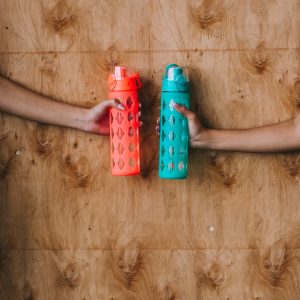 Using a reusable water bottle saves the average American 167 plastic water bottles a year. They can be purchased at most retail stores and seasonally at the gift shop at Potter Park Zoo.
Using a reusable water bottle saves the average American 167 plastic water bottles a year. They can be purchased at most retail stores and seasonally at the gift shop at Potter Park Zoo.
If you do find yourself needing to use a single use plastic water bottle make sure that it’s recycled properly. Please share this information with your friends and family! Together, we can make a difference!
